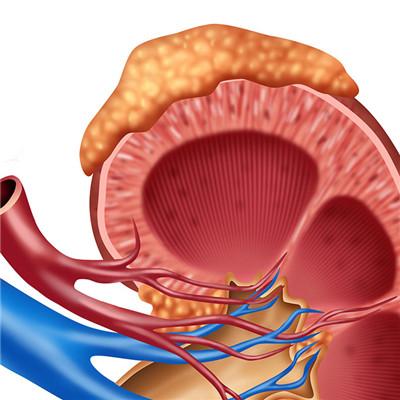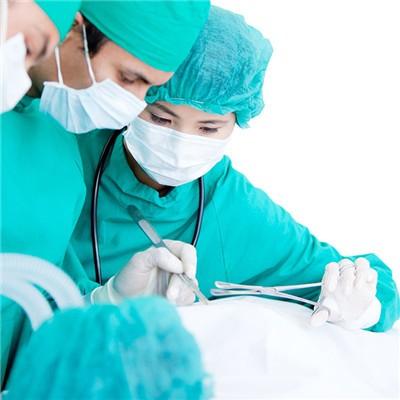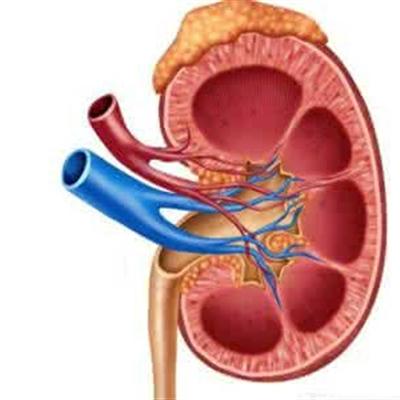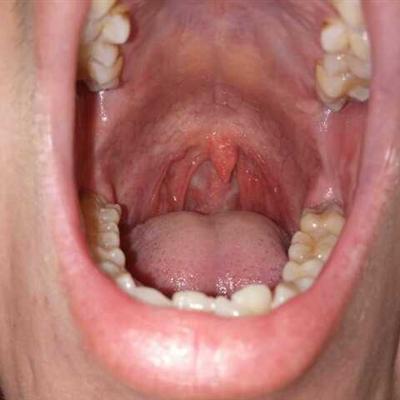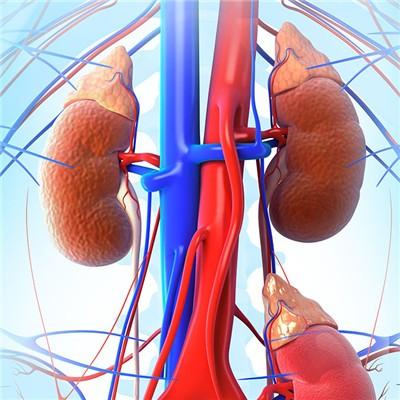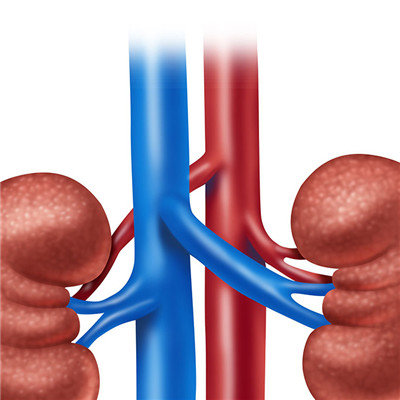What symptom does anterior fossa fracture have?
summary
A lot of people are not very familiar with the symptoms of skull fracture, so when there is skull fracture, although it also brings pain, they often can't find such a disease in time, and may miss some of the best time for treatment. What are the symptoms of anterior fossa fracture? Now let me tell you something.
What symptom does anterior fossa fracture have?
First, the open depressed fracture is often caused by a strong blow or falling from a height on an object with protruding edges and corners. The scalp, skull, dura mater and brain are often involved at the same time, resulting in open craniocerebral injury. Clinically, there are two types of open depressed fracture: cavity fracture and comminuted depressed fracture. (1) most of the hollow fractures were caused by heavy objects with small contact surface, and most of them were caused by the lethal weapon penetrating the scalp and skull directly into the cranial cavity. The shape of the fracture is often the same as that of the injured object, which is an important basis for forensic identification of the weapon. Bone fragments are often trapped in deep brain tissue, causing severe local brain injury, hemorrhage and foreign body retention.

Second: skull base fractures: most of skull base fractures are linear fractures, most of them are skull cap fractures extending to the skull base, and some of them are depressed fractures, which can also be caused by indirect violence. According to its location, it can be divided into anterior cranial fossa, middle cranial fossa and posterior cranial fossa fractures. Anterior cranial fossa fracture: involving the orbital roof and ethmoid bone, with epistaxis, extensive periorbital ecchymosis (panda eye) and extensive subconjunctival hemorrhage.

Third: middle cranial fossa fracture: middle cranial fossa fracture often involves petrous bone. If sphenoidal bone is involved, there may be epistaxis or cerebrospinal fluid nasal slide. Cerebrospinal fluid flows out from nostril through sphenoid sinus. If the petrous part of temporal bone is involved, the inner ear structure or middle ear cavity can be damaged. The patients often have the seventh and eighth cranial nerve injury, manifested as hearing impairment and peripheral facial paralysis. When the meninges, periosteum and tympanic membrane are ruptured, cerebrospinal fluid otorrhea is combined, and cerebrospinal fluid flows out through the middle ear from the external auditory canal; If the tympanic membrane is intact, the cerebrospinal fluid flows to the nasopharynx through the eustachian tube, which can be mistaken for rhinorrhea.

matters needing attention
About the precursory symptoms of skull fracture, this is so much for you. From these symptoms, we can also know that the disease of skull fracture has serious harm. We hope that in the future life, when we have the above symptoms, we can find and treat them early, and get rid of the torture of skull fracture disease as soon as possible.
